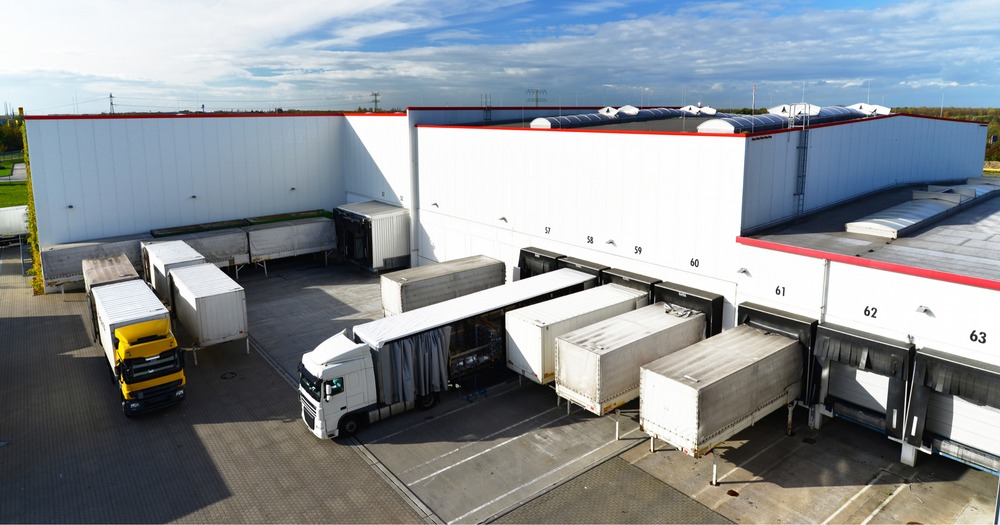Measuring the impact of the company requires a lot of time and resources. Until recently, I worked in a PRI and I witnessed the significant challenges that investors, employees and customers face in finding reliable and comparable data to assess the net impact of companies.
Climate data in the investment process of the Research and Policy Center of the CFA Institute cites inconsistent and unreliable data as key challenges for stakeholders, including investment professionals interested in assessing and managing the financial risks and opportunities posed by climate change.
Upright Project, a Finnish impact data company, has significantly influenced my point of view on data modeling, and I joined the company four months ago. Upright’s approach structured all the scientific evidence in an organized way and created a unique dataset that made it possible to compare companies from all over the world from an external point of view.
Upright’s net impact model classifies more than 150,000 products and services. This classification is used to define the economic models of each company in its database. The model is based on more than 250 million academic articles to determine the scientific impact of each product and service. The data is aggregated at the company and portfolio level to quantify the total material impact of an investment. It should be noted that an important part of this data is accessible to the public: more than 10,000 profiles of the company’s impact data are available on its platform using a free policy.
With my university education, I was inspired by a solution that not only exploits scientific evidence, but also offers practical applications for investment professionals and investors.
Applications Are Being Developed

At Upright, we have learned a lot from investors, but the possible applications of this data are still being developed. Since the modeling approach is from the outside in, private equity and venture capital investors were the first to adopt the data. In addition, the transparency and objectivity of the model make it useful for asset managers and owners, in particular for disclosure purposes, either for requirements at the fund level or to demonstrate the overall impact of their investments.
Granular data: Challenges and opportunities
The full potential of this data is not yet clear. The granular nature of the data allows investors to identify which business units of a company generate positive or negative financial and non-financial material impacts. This creates opportunities for risk assessment and risk management. In addition, the applicability of the model to private and public companies makes it possible to make comparisons between all asset classes owned by an investor. This can help identify high exposures to specific impact categories. While many investors have been looking for more detailed information, use matters for this new holistic approach to understanding and evaluating companies are still emerging.
Because Upright’s modeling approach is new to most investors, I’m going to illustrate how they can use the platform to evaluate a company’s impact.
Step 1: Evaluate a company’s business model using a product and service-based approach.

Let’s take an example of a company, Siemens. Based on the recent publicly available version of the vertical model, Siemens sells more than 165 products and services. The total turnover of the company is 77,769 million euros and has 320,000 employees. Approximately 28% of its total revenue is generated by products and services within the digital industries, including electric motor control devices, gas turbines, generators, electric actuators, linear motors and more. The details of the complete product range can be seen on the vertical platform.
Step 2: Select an impact category that interests you.
The Upright model currently includes four main categories of impact: society, knowledge, health and the environment. Each category has subcategories. For example, under health, there are physical illnesses, mental illnesses, nutrition, relationships, as well as meaning and joy. The impact categories can be negative and positive. In the case of Siemens, we can see that their products and services have both negative and positive effects on the physical diseases subcategory.
Step 3: Choose whether you are interested in upstream, internal or downstream impacts.

Products and services do not exist in isolation. Often, one product is needed to make another or for a user to be able to make a difference with a product. The Upright model has mapped all the products and services so that you can estimate where in the value chain the associated impacts occur. In the case of Siemens, the company accounts for 94% of the positive impact on physical illnesses or life years associated with its products and services.
Step 4: Review the products and services associated with the impact category you have chosen.
In the case of Siemens, the products and services that contribute the most to the positive impact on physical health are radiotherapy devices, cardiac resynchronization therapy devices, private oncology diagnostic services, ultrasound devices and mammography devices. Together, these five products contribute the most to Siemens’ positive impact, both because they represent an important part of the company’s revenues and because the latest scientific consensus suggests a high positive causal link between these products and services on physical health.
Upright’s Bayesian inference machine learning model finds causal relationships by classifying and translating more than 250 million scientific articles and other sources. This information serves as the basis for defining whether the products and services sold by companies produce substantial negative or positive results that, together, give investors a complete view of the impact of their companies and their portfolio.



